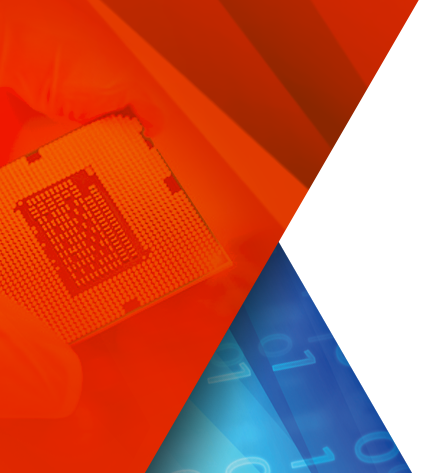Standard Level - Live Instructor-Led Training
3 days (In-Person) 8 hours per day
This course is designed for engineers developing software for platforms based around the Arm® Cortex®-R52 processor. The course includes an introduction to the Arm product range and supporting IP, the Cortex-R52 core, programmers' model, virtualization features, instruction set and debug architecture. The course includes a number of hands-on practical exercises covering both assembly and C programming to reinforce the lecture material.
Hands-on Labs
The learning is reinforced with unique Lab exercises which are run inside a self contained virtual machine environment. This allows the student to experience a real-life and project-ready development environment without the complexity of installing complex software prior to the class. This virtual machine is for the student to keep after the training class, allowing you to further experiment with embedded software development once the class has come to completion.
This course is designed for software engineers writing application and system software for platforms using the Cortex-R52 processor.
- Some basic C programming knowledge
- Experience of assembler programming is not required but would be beneficial
- Some knowledge of embedded systems
- A basic awareness of Arm is useful but not essential
The training materials for this class are based on Arm's own material.
Doulos is a global Arm Approved Training Center.
- Armv8-R Architecture Overview
Core registers • Exception model • Instruction sets • Memory model • Coprocessors • Virtualization
- Software Engineer's Guide to Cortex-R52
Cortex-R52 Overview • Memory system • Safety features • Multiprocessing features
- ISA Overview
Load/Store instructions • Data Processing instructions • Flow Control instructions • Misc instructions • DSP instructions • New A32 / T32 instructions
- Exception Handling
Introduction • Interrupts • Abort Handlers • SVC Handlers • HVC / Trap Handlers • Undef Handlers • Reset Handlers
- Caches and TCMs
Cache basics • Caches on Arm processors • Tightly Coupled Memory (TCM) • Optimization considerations
- Armv8-R Using the Memory Protection Unit
Memory types • Memory attributes • Alignment & Endianess • Armv8-R MPU
- Armv8-R Synchronization
Synchronization in Armv8-R • Local and Global Exclusive Monitors • Hardware clock gating
- Understanding Barriers
Data barriers • Instruction barriers • Barriers in Armv8-R
- Armv8-R Virtualization
Introduction to virtualization • What and why • Virtualization in Armv8-R
- Writing C for Arm
Parameter passing • Floating point linkage • Alignment • Coding considerations
- Booting a Cortex-R52 Processor
Overview • Booting a single core • Booting a cluster
- GICv3 Programming
Interrupts and interfaces • Configuring interrupts SPIs, PPIs and SGIs • Handling interrupts • Software generated interrupts • Power management • Virtualization
- Armv8-R Debug
Introduction to Debug • Types of Debug • Debug Facilities • External Debug • Self-hosted Debug • CoreSight • Debug Features • Trace
The learning is reinforced with unique Lab exercises using the QEMU virtual platform and covering assembly programming and bringing a complete bare metal system to life. Lab exercises for assembly programming cover the concepts of data transfer, data processing, flow control and DSP instructions, and rely on a combination of GNU compilation tools, GDB and an instruction set simulator used for fast prototyping. Additional exercises show the main steps involved in bringing a bare metal system to life, including the configuration of the various mode stacks and the creation of an interrupt handler. These exercises make use of the assembler and linker as well as the interactive debugger (GDB/DDD and QEMU).



